| 5S Fashion launches its Spring/Summer 2025 collection. |
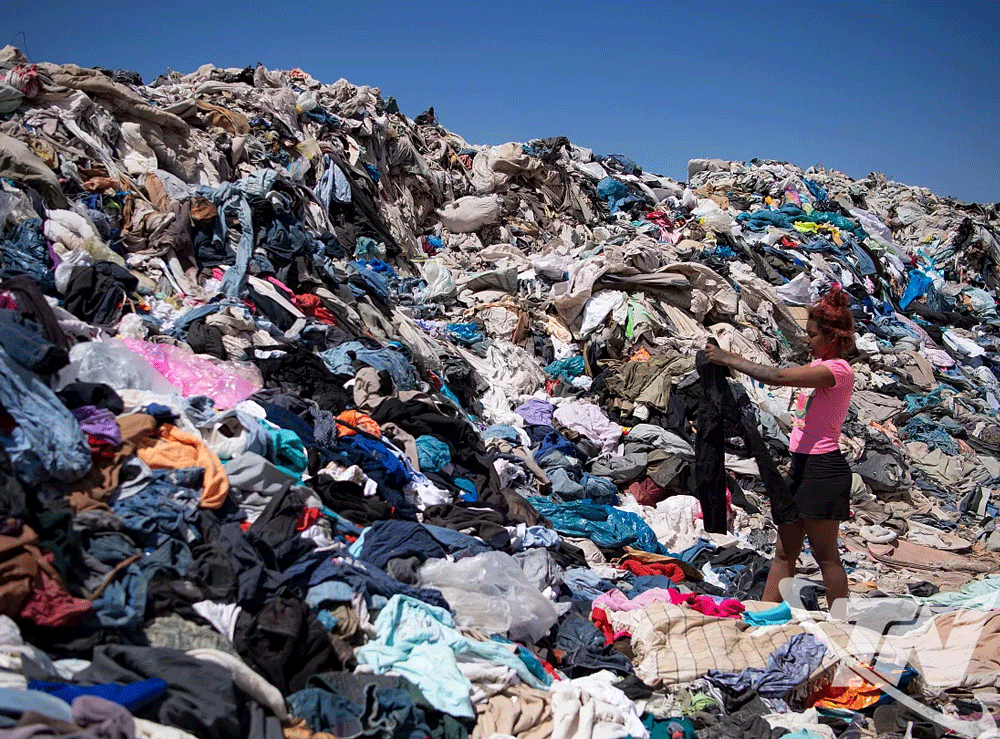 |
| Fast fashion results in a huge amount of clothing being discarded into the environment (Illustrative image). |
It focuses on bringing the latest designs, often inspired by fashion runways or celebrities, to market quickly and affordably, offering consumers a wide range of choices to satisfy their shopping needs and suit all income levels, including those at the most modest income.
The main customers of fast fashion are young people, especially students and those who have just started working, in addition to a significant number of housewives. They have great needs and a shared interest in following new fashion trends, often simply because they like to keep up with the "trend," follow famous people, or "follow their idols"...
However, fast fashion, with its allure of rapid change and affordability, is having negative impacts on the environment. This is something that not all consumers are aware of, understand, or care about.
These revealing statistics are sounding an alarm, urging smart consumers to pay more attention to the environment and their own health when it comes to fast fashion.
Each year, according to a report by the Ellen MacArthur Foundation, the fashion industry releases approximately 92 million tons of textile waste into the environment, and alarmingly, 87% of that is either buried or incinerated – according to Waste Managed. This not only increases the risk of soil, water, and air pollution but also contributes to climate change.
Specifically in the UK, around 350,000 tons of clothing waste are discarded each year, according to Greenyarn. In the US, this figure also reaches 10.5 million tons, according to Greenyarn.
In Vietnam, statistics show that the fast fashion industry releases a large amount of used clothing waste into the environment. Approximately 250,000 tons of clothing are discarded annually, equivalent to 5-7% of the total waste in major cities. Of this, 90% is made from non-recyclable materials.
Vietnam has been and continues to suffer serious environmental damage from fast fashion. Water and soil pollution from dyes, wastewater discharge, resource waste, and increasing textile waste are all contributing factors. The production and transportation of fast fashion clothing release a significant amount of CO2, contributing to the greenhouse effect and climate change.
To balance their passion for fashion and environmental protection, young people, especially celebrities, influencers, and every individual consumer of fashion in general, and fast fashion in particular, need to seriously learn and equip themselves with knowledge and understanding of the unintended harms that we have unknowingly overlooked for so long.
To reduce the amount of waste that pollutes the environment, smart consumers are increasingly prioritizing sustainable fashion. They are choosing fashion products made from recycled, organic, or other natural, safe, and environmentally friendly materials.
Every consumer needs to develop responsible shopping habits. Avoid shopping based on fleeting trends and fads; only buy items that are truly necessary and can be used for a long time. Choose stores, brands, and origins with clear policies that prioritize consumer health.
By changing their shopping and consumption habits, young people can contribute to minimizing the negative impact of the fashion industry on the environment, while still satisfying their passion for fashion.
Source: https://baothainguyen.vn/van-hoa/202507/thoi-trang-nhanh-va-nhung-anh-huong-den-moi-truong-fd51a6f/






![[Photo] Prime Minister Pham Minh Chinh holds a phone call with the CEO of Russia's Rosatom Corporation.](/_next/image?url=https%3A%2F%2Fvphoto.vietnam.vn%2Fthumb%2F1200x675%2Fvietnam%2Fresource%2FIMAGE%2F2025%2F12%2F11%2F1765464552365_dsc-5295-jpg.webp&w=3840&q=75)





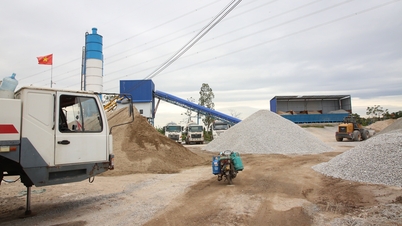

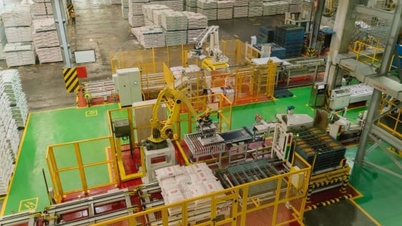

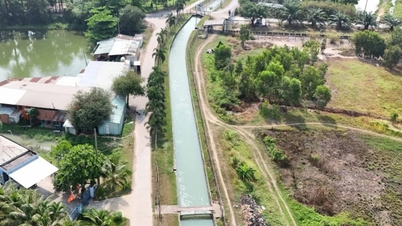
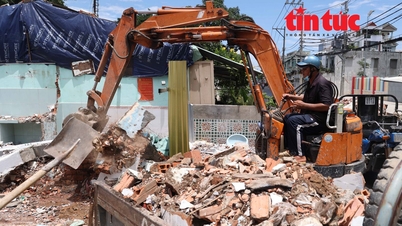




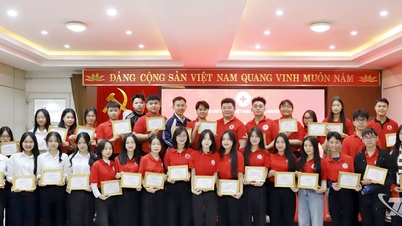










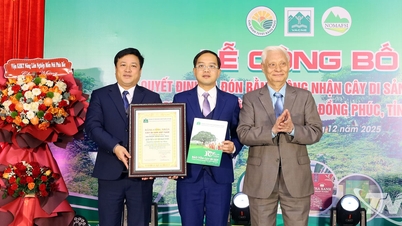




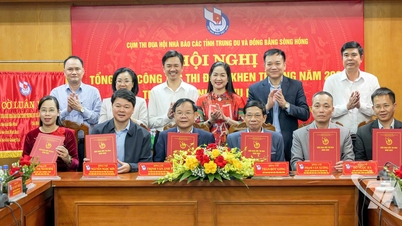
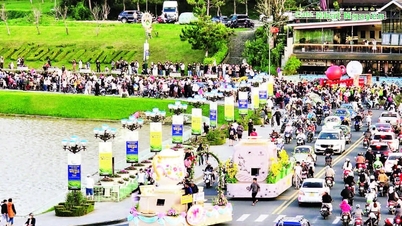
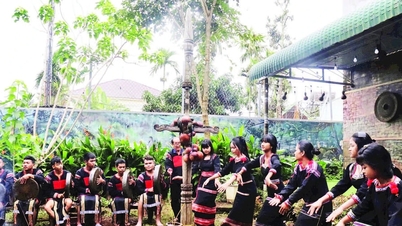
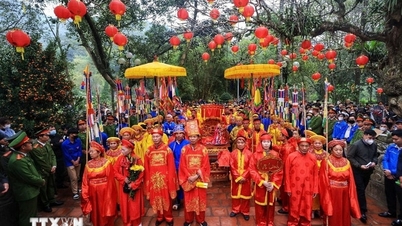



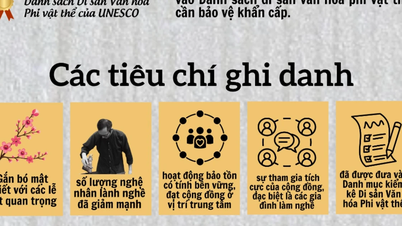




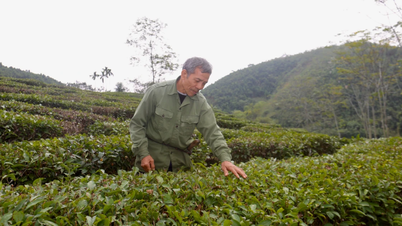






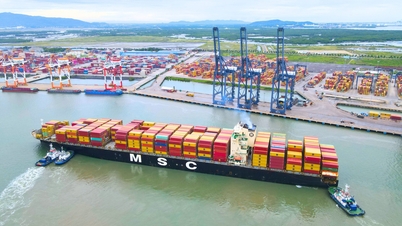




































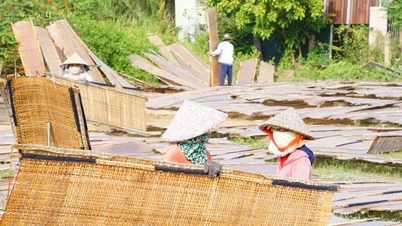
















Comment (0)